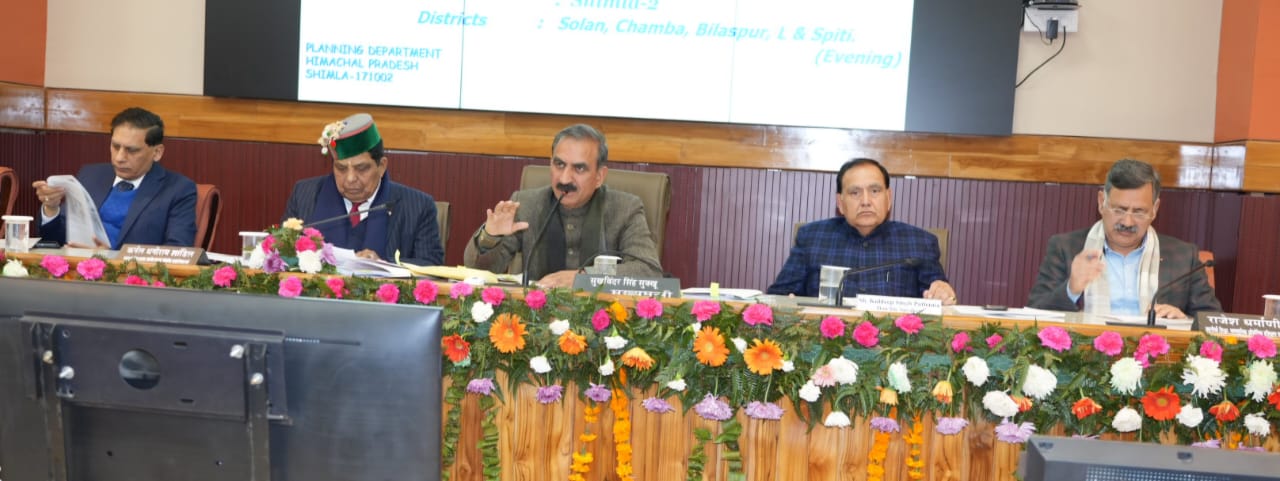Human Metapneumovirus (HMPV): An Emerging Respiratory Threat. Dr. Surender Kashyap Vice Chancellor Atal Medical Research University Mandi.
Introduction:
Human Metapneumovirus (HMPV) is an important respiratory virus first discovered in the Netherlands in 2001. It
belongs to the Pneumoviridae family and consists of two major genetic lineages: A (subtypes A1 and A2) and B
(subtypes B1 and B2). HMPV is known to cause upper and lower respiratory tract diseases across all age groups,
with higher risks for young children, older adults, and individuals with weakened immune systems.
Symptoms of HMPV Infection
HMPV infections can present a range of symptoms, including:
Cough
Fever
Nasal congestion
Shortness of breath
Bronchitis
Pneumonia
Modes of Transmission
HMPV spreads primarily through respiratory droplets and close personal contact. Common transmission routes
include:
Droplets from coughing or sneezing
Touching contaminated surfaces and then touching the mouth, nose, or eyes
Direct contact, such as shaking hands
Seasonality In temperate climates, HMPV is most active during late winter and spring, with an incubation period
estimated at 3 to 6 days.
Prevention Measures
To prevent the spread of HMPV, the following practices are recommended:
Wash hands frequently with soap and water for at least 20 seconds.
Avoid touching your eyes, nose, or mouth with unwashed hands.
Maintain distance from individuals showing symptoms of illness.
Cover your mouth and nose when coughing or sneezing.
Disinfect frequently touched surfaces regularly.
Stay home when feeling unwell.
Diagnosis of HMPV
Sensitive diagnostic methods for detecting HMPV include:
Enzyme Immune Assay (EIA)
Enzyme-Linked Immune Sorbent Assay (ELISA)
Direct Immunofluorescent-Antibody (IFA)
During outbreaks, Reverse Transcription Polymerase Chain Reaction (RT-PCR) may be utilized for validation.
Treatment Options
There is no specific antiviral treatment for HMPV. Supportive care remains the mainstay of management:
Stay hydrated and get plenty of rest.
Use over-the-counter medications for fever and respiratory symptoms.
Provide oxygen support in severe cases.
Infection Control in Clinical Settings
Hospitals and clinics should follow strict infection control measures:
Implement droplet isolation for adults with respiratory infections.
Use both droplet and contact isolation for children and infants.
Routine RT-PCR testing of nasopharyngeal swabs is not recommended unless during outbreaks.
HMPV Trends and Surveillance Data (2024)
Recent surveillance data highlight the increasing impact of HMPV
alongside other respiratory pathogens, such as influenza, rhinovirus, and respiratory syncytial virus (RSV):
1. Global Trends
o According to China CDC, acute respiratory infections are rising, including HMPV cases, particularly in
children aged 0-4 years and 14 years and below.
o In northern China, influenza A(H1N1)pdm09 is the leading pathogen, with delayed but intense
outbreaks.
o Southern China shows a moderate rise in A(H1N1)pdm09 cases.
2. India’s Context
WHO India collaborates with NCDC to monitor Influenza-Like Illness (ILI) and Severe Acute
Respiratory Infection (SARI) through the Integrated Health Information Platform (IHIP).
Surveillance data indicate a consistent seasonal rise in respiratory pathogens, including HMPV, during
winter months.
Case Definitions.
ILI (Influenza-Like Illness): Acute respiratory infection with cough and sore throat, measured fever ≥ 38°C,
and onset within the last 10 days.
SARI (Severe Acute Respiratory Infection): Acute respiratory infection with cough and sore throat,
measured fever ≥ 38°C, onset within the last 10 days, and requiring hospitalization.
Prevention Strategies Moving Forward
1. Strengthen public awareness about respiratory hygiene and HMPV prevention.
2. Improve surveillance of ILI and SARI trends in healthcare settings.
3. Collaborate internationally for better understanding and preparedness against respiratory viruses.
Conclusion
Human Metapneumovirus (HMPV) poses a growing threat to public health, particularly during the winter and spring
months. Enhanced surveillance, early detection, and adherence to preventive measures are critical to reducing its
impact. Public awareness and government initiatives are pivotal in mitigating the spread of this respiratory virus.
Sources:
China CDC Weekly Surveillance Data
National Influenza Center Antigenic Analysis
WHO and NCDC Updates
Do not Panic
Stay informed. Stay safe.
Writer of this news article is Dr. Surender Kashyap Vice Chancellor, Atal Medical and Research University Mandi at Nerchowk.




